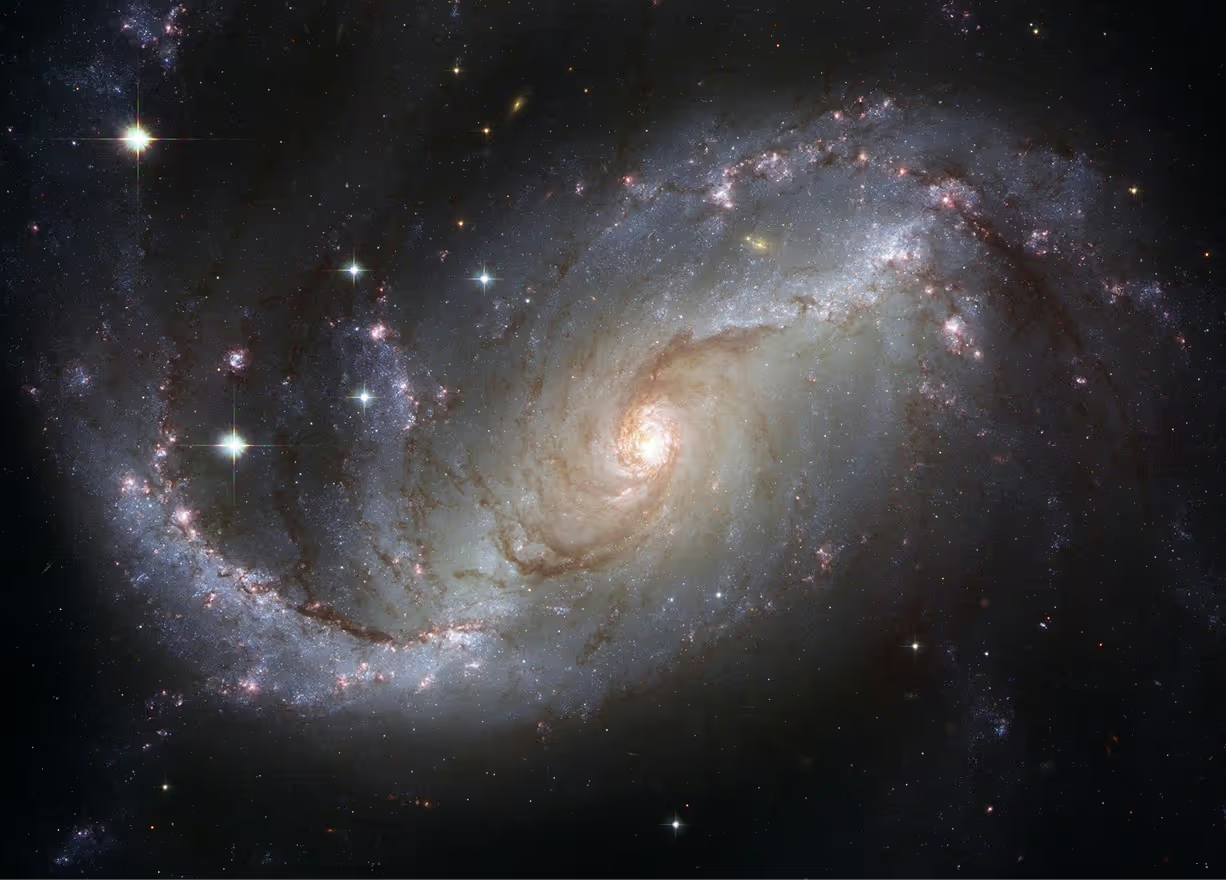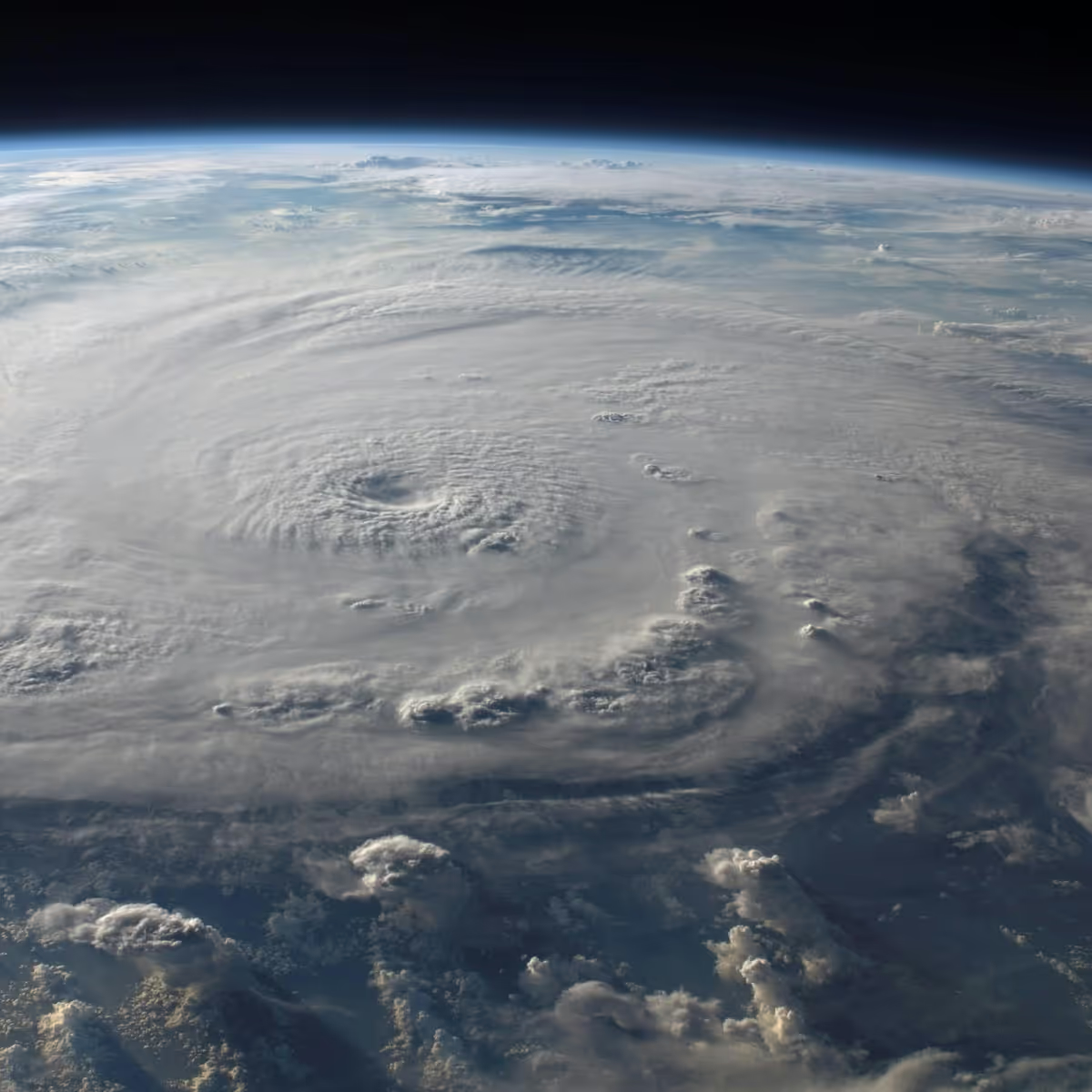
From the Big Bang to the search for extraterrestrial life, this unit guides students through the cosmic events that led to Earth’s habitability. They’ll investigate planetary formation, the emergence of life, and the ongoing quest to find life beyond our planet.


● The Goldilocks Zone – why Earth is “just right” for life
● Earth’s atmosphere: our protective “spacesuit”
● How stars and gravity shape planetary systems
● The 4.5-billion-year timeline of life on Earth
● Searching for exoplanets – how scientists look for life beyond
● Voyager’s journey and Earth’s “cosmic address”
● The Fermi Paradox vs. the Drake Equation – what are the odds we’re alone?
Scientific Foundations
● Describe how planets and solar systems form
● Explain Earth’s conditions for life (e.g. atmosphere, magnetic field, orbital position)
● Understand key evolutionary milestones in the development of life
● Define the criteria for habitability in planetary environments
Real-World Applications
● Explore how scientists search for life on exoplanets
● Interpret data using tools like the Drake Equation and Fermi Paradox
● Assess the scientific importance of space missions like Voyager
● Reflect on the significance of Earth in a cosmic context
